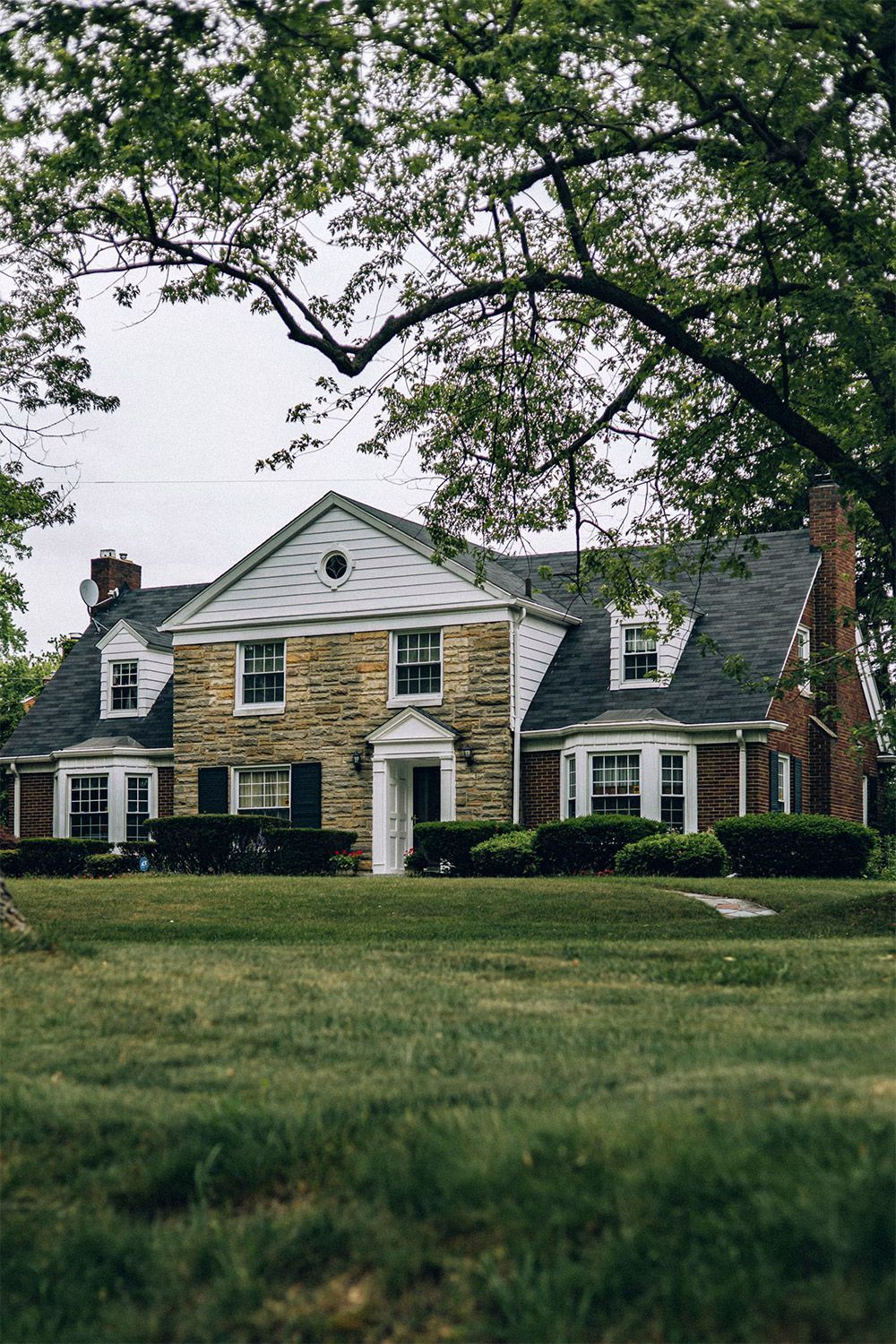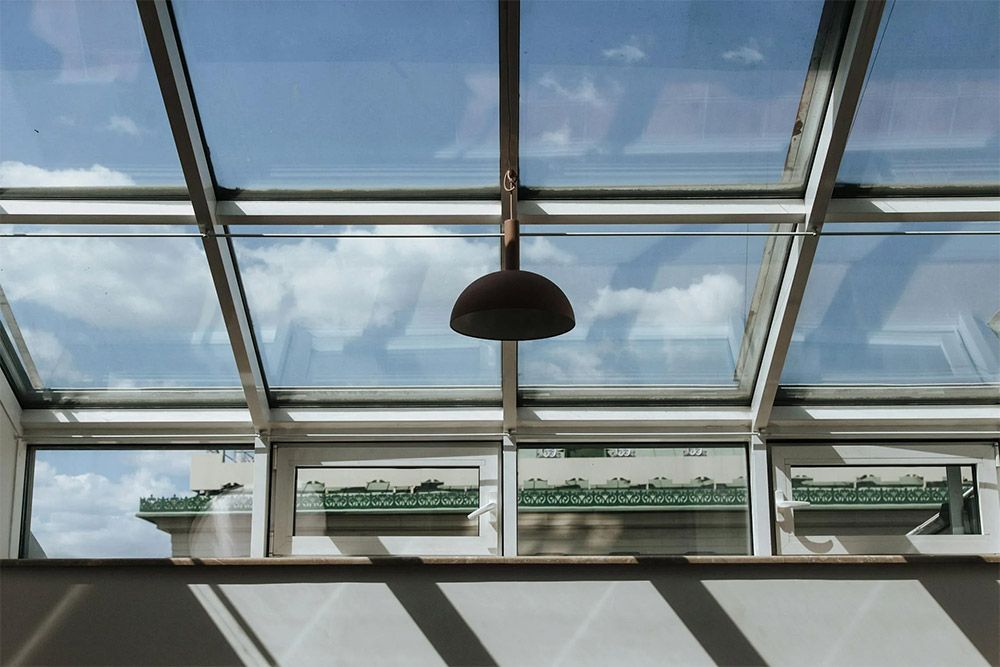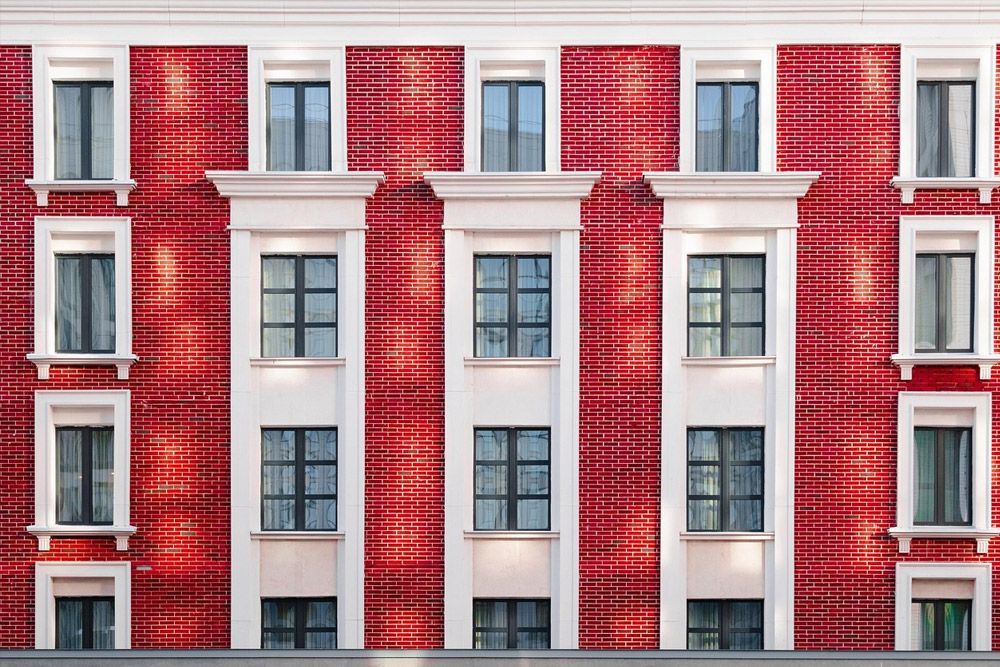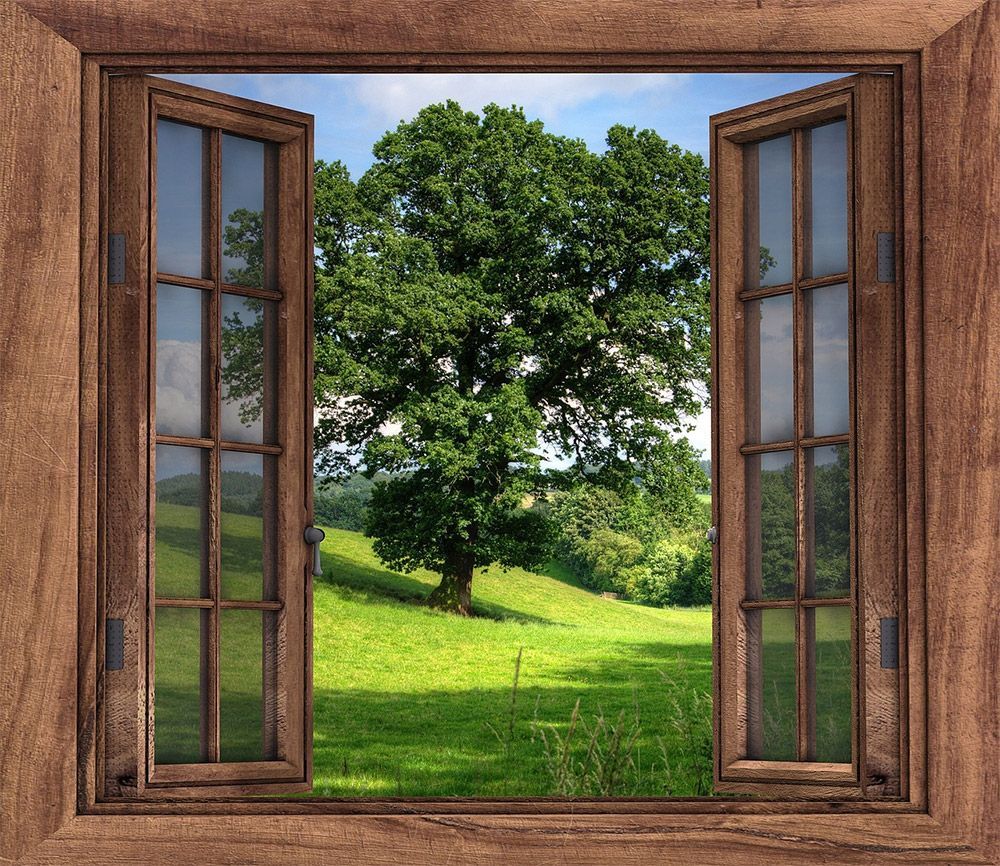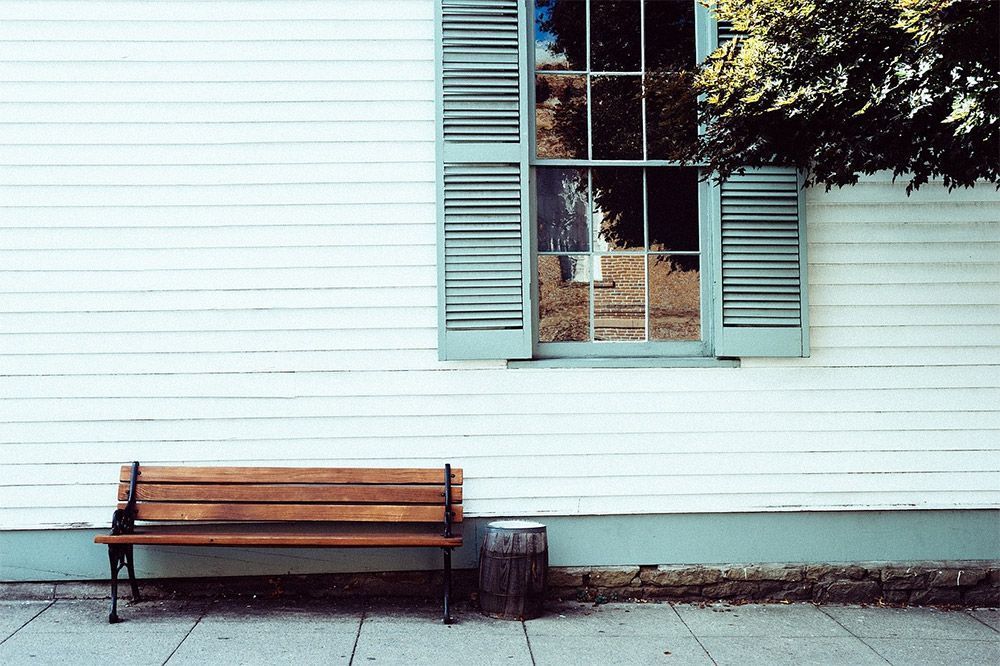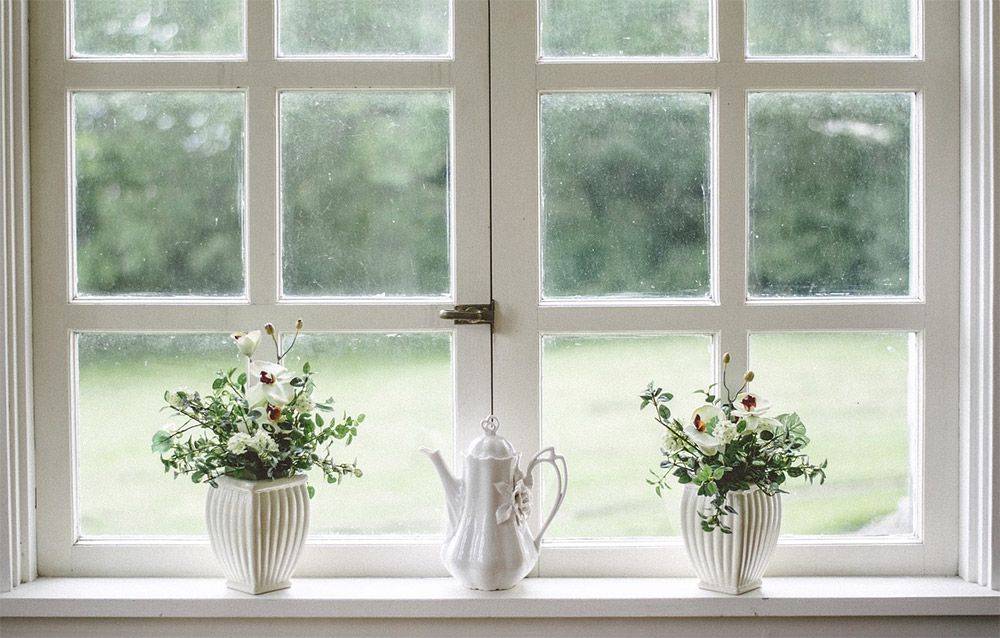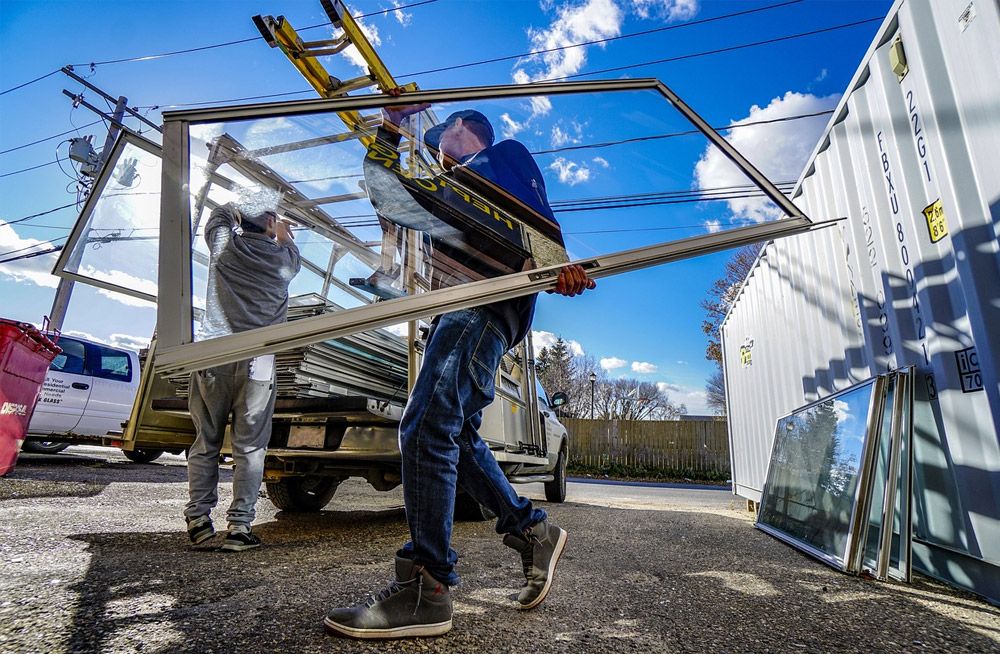The Best Siding Materials for Colorado's Climate
Choosing the right siding for your home is crucial, especially in a place like Colorado, where the climate presents unique challenges. From scorching summers to freezing winters, siding needs to protect and insulate your home while maintaining its appearance and durability.
If you're considering new siding in Fort Collins, it’s essential to understand which materials can withstand the region's weather conditions and offer the best long-term performance.
Key Considerations for Siding in Colorado’s Climate
Before we dive into specific materials, let’s consider why the climate in Fort Collins and the rest of Colorado affects the material choice so much.
- High Temperature Fluctuations: Summer temperatures can climb into the 90s, while winter nights may dip well below freezing.
- Intense UV Exposure: Colorado's high altitude increases exposure to the sun’s ultraviolet (UV) rays, which can fade and degrade materials more quickly than in lower-altitude areas.
- Strong Winds and Storms: Thunderstorms, high winds, and even hail can take a toll on your home’s exterior.
- Snow and Ice: Prolonged exposure to snow and freezing temperatures can cause expansion and contraction in materials, leading to potential cracking or warping.
Given these factors, selecting siding that can handle the extremes of Colorado’s weather is key to preserving both the appearance and structural integrity of your home.
1. Fiber Cement Siding: Durable and Versatile
Fiber cement siding is composed of a mixture of cement, sand, and cellulose fibers. It’s known for its durability and ability to mimic the look of wood without the associated maintenance.
Pros:
- Weather Resistance: Fiber cement is highly resistant to extreme weather conditions, including high winds, snow, and hail, making it an ideal choice for siding in Fort Collins.
- UV and Fade Resistance: It holds up well under Colorado’s intense UV exposure, maintaining its color longer than other materials.
- Fire-Resistant: This material is non-combustible, which can offer peace of mind, particularly in areas prone to wildfires.
- Low Maintenance: It doesn't warp or rot like wood and only needs periodic cleaning.
Cons:
- Installation Cost: Fiber cement can be more expensive to install than vinyl or aluminum siding.
- Weight: Its heavy weight requires professional installation, which may increase labor costs.
Best Uses:
Fiber cement siding works well in both residential and commercial applications. Its ability to withstand various weather conditions makes it an excellent option for Colorado’s climate, particularly in high-risk areas for wind and hail damage.
2. Vinyl Siding: Cost-Effective and Low Maintenance
Vinyl siding is a widely used material due to its affordability, ease of installation, and variety of styles and colors. It's made from PVC (polyvinyl chloride) and offers homeowners a budget-friendly option with minimal upkeep.
Pros:
- Cost-Effective: Vinyl is one of the most affordable siding materials on the market.
- Low Maintenance: It doesn’t require painting, staining, or sealing. Cleaning vinyl siding once or twice a year with soap and water is usually enough to keep it looking new.
- Energy Efficiency: Insulated vinyl siding helps reduce energy loss, keeping your home warmer in the winter and cooler in the summer, which is perfect for the fluctuating temperatures in Fort Collins.
Cons:
- Prone to Cracking: Colorado’s intense sun and temperature swings can cause vinyl to become brittle over time, increasing the likelihood of cracking, especially during the winter months.
Limited Durability in Extreme Weather: Vinyl may not hold up as well as fiber cement or metal during heavy storms or hail.
Best Uses:
Vinyl siding is ideal for homeowners looking for an economical option with low maintenance requirements. However, consider upgrading to insulated or higher-quality vinyl to maximize performance in Colorado’s climate.
3. Wood Siding: Natural Beauty with High Maintenance
Wood siding offers a classic, timeless look that many homeowners love. It provides natural beauty and can be customized with stains or paints to fit any architectural style. However, the maintenance demands of wood make it a more challenging choice for Colorado’s climate.
Pros:
- Aesthetic Appeal: Wood siding has unmatched natural beauty and texture, giving homes a warm, traditional look.
- Customizable: You can paint or stain wood to achieve the exact color and finish you want.
- Eco-Friendly: Wood is a renewable resource and has a lower environmental impact compared to synthetic materials.
Cons:
- High Maintenance: Wood siding requires regular maintenance to prevent rot, decay, and insect damage. It needs to be sealed or painted every few years to protect it from moisture and UV damage.
- Vulnerability to Weather: Colorado’s fluctuating temperatures and exposure to snow and rain can cause wood to expand, contract, and warp. This makes it less suitable for areas with extreme weather conditions.
- Fire Risk: Wood is not fire-resistant, making it a riskier choice in wildfire-prone areas.
Best Uses:
Wood siding is best for homeowners willing to commit to the ongoing maintenance required to preserve its beauty. While it's stunning, the climate in Colorado may demand more frequent upkeep compared to other materials.
4. Metal Siding (Steel or Aluminum): Modern and Resilient
Metal siding, particularly steel or aluminum, is known for its strength, durability, and ability to withstand harsh weather. It has become a popular choice for both modern homes and commercial buildings in Colorado.
Pros:
- Durability: Metal siding can handle extreme weather conditions, including high winds, snow, and hail, without denting or cracking.
- Low Maintenance: It requires minimal upkeep, as it doesn’t warp, rot, or attract pests.
- Fire-Resistant: Metal is non-combustible, making it a safer choice in areas at risk of wildfires.
- Eco-Friendly: Steel and aluminum are recyclable, making them an environmentally friendly option.
Cons:
- Cost: Metal siding can be more expensive than vinyl or wood.
- Heat Conductivity: Aluminum siding may become very hot in direct sunlight, which could impact energy efficiency without proper insulation.
- Noise: Metal siding can be noisier during heavy rain or hailstorms compared to other materials.
Best Uses:
Metal siding is a smart option for homeowners looking for a long-lasting, low-maintenance solution. It’s particularly useful for modern home designs or areas prone to severe weather conditions.
5. Stucco Siding: A Southwestern Staple
Stucco siding is a common choice in the southwestern United States, offering a unique, textured finish that’s both visually appealing and energy-efficient. It’s made from cement, sand, and lime, and can be applied in multiple layers for added durability.
Pros:
- Energy Efficiency: Stucco has excellent insulating properties, helping to regulate interior temperatures, which is beneficial in Colorado’s varying climate.
- Fire Resistance: Like fiber cement, stucco is non-combustible, providing extra protection in wildfire-prone areas.
- Durability: Stucco can last for decades when properly maintained.
Cons:
- Cracking: Colorado’s freeze-thaw cycles can cause stucco to crack over time, requiring repairs to maintain its appearance.
- Installation Cost: Stucco installation requires skilled labor and can be more expensive than vinyl or wood.
Best Uses:
Stucco is best for homes with a southwestern or Mediterranean architectural style. It’s a good choice for homeowners who prioritize energy efficiency and durability, though it may require regular repairs due to cracking in Colorado’s climate.
Final Thoughts
Selecting the best siding material for your home in Fort Collins comes down to weighing the pros and cons of each option. For most homeowners, durability and resistance to Colorado’s harsh climate are top priorities. Fiber cement and metal siding offer the best combination of durability, weather resistance, and low maintenance, while vinyl provides a more affordable solution with moderate performance. Wood and stucco are attractive options but require more frequent upkeep.
If you're looking for expert guidance on siding in Fort Collins, contact Windows & Siding Outlet, the go-to experts for siding installation. Our team can help you select the right material for your home and ensure it stands the test of time in Colorado’s climate.
VISIT US
Loveland Showroom & Office
3167 East Eisenhower Blvd #C, Loveland, CO 80537
Fort Collins - By Appointment Only
301 Boardwalk Dr Suite 272786, Fort Collins, CO 80525
SHOWROOM Winter Hours
Mon - Fri: 9:00 am - 4:00 pm
Saturdays: by Appointment only
OUR SERVICE AREAS
Fort Collins, Estes Park, Berthoud,
Greeley, Johnstown,
Longmont,
Loveland, Milliken,
Thornton, Wellington,
Westminster,
Windsor, Cheyenne WY and surrounding areas North of Denver,
Broomfield,
Louisville,
Cheyenne.
Website Design by Get Out There Media

